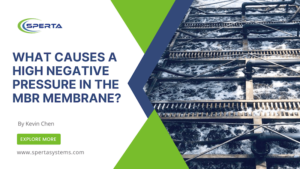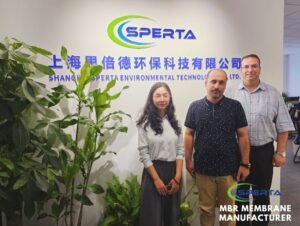Water purification methods have evolved over the years, and hollow fiber membranes have emerged as a notable solution in the filtration landscape. Their unique design has garnered attention, but it’s essential to understand both their strengths and weaknesses.
While hollow fiber membranes have several benefits, they also come with specific challenges, from fouling issues to their inherent fragility.
Knowing these challenges in detail can help users make well-informed decisions and optimize their filtration systems.
What Exactly are Hollow Fiber Membranes?
Hollow fiber membranes are thin, tube-like structures primarily used for filtration. Their design provides a large surface area, making them a preferred choice in various applications, from water purification to medical uses.
Why the Concern with Fouling?
A significant challenge with these membranes is fouling. Over time, particles accumulate on the membrane’s surface, reducing its efficiency. This accumulation necessitates more regular cleaning and maintenance, increasing operational costs.
Can They Handle All Chemicals?
Another limitation is their chemical resistance. Some chemicals can harm the membrane, affecting its performance. It’s crucial to be mindful of the chemicals introduced to these membranes to ensure their longevity and efficiency.
Are They Delicate?
Indeed, they can be. Hollow fiber membranes are known for their fragility. Improper handling can lead to damage, affecting their filtration capability.
Cleaning Challenges?
Ensuring a thorough cleaning of these fibers, especially their inner side, can be challenging due to their design. Inadequate cleaning can lead to performance degradation over time.
What About Pressure?
These membranes come with specific pressure constraints. Excessive pressure can harm the fibers, reducing efficiency or system breakdown.
How Long Do They Last?
While they offer effective filtration, their lifespan might be shorter than other membrane types. This shorter lifespan can contribute to increased long-term costs.
Conclusion
Hollow fiber membranes, with their unique design, offer efficient filtration. However, being aware of their challenges and addressing them proactively can ensure their optimal performance. As always, understanding a technology’s limitations is vital to harnessing its full potential.
The above is information about the disadvantage of the hollow fiber MBR membrane. If you still have questions about the membrane bioreactor or need to purchase MBR membranes, don’t hesitate to contact SPERTA.
Shanghai SPERTA Environmental Technology Co., Ltd. has specialized in producing water treatment products for many years. The company has the core technology of producing MBR membrane components. It has a high production capacity, aiming to build a high-quality brand of MBR production and sales all over the world. If you have any needs, please feel free to contact us.









